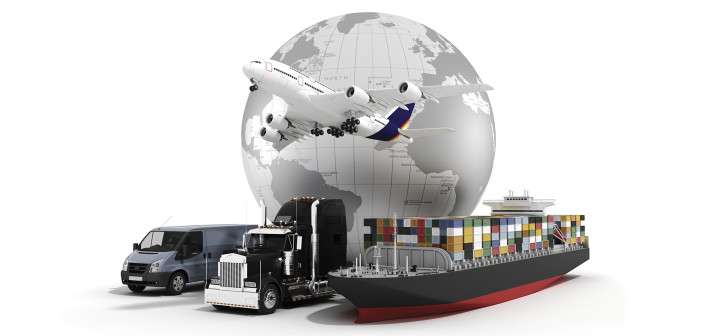With regard to international trade, misconceptions often cloud our judgement. One such misconception is that the U.S. manufacturing base has been decimated due to trade. Actually, the opposite is the case. The U.S. currently produces over $2 trillion worth of manufactured goods, which is nearly double the value produced in the 1980s. The U.S. is also the world’s second largest exporter, exporting $1.5 trillion worth of goods in 2017.
The trade deficit is a misleading concept because it implies there is a liability that needs to be repaid. All trade must be balanced, by definition. When the U.S. imports something, something of equal value must be exported. If not, this would mean that the U.S. got that something for free. A trade “deficit” occurs when the U.S. imports a good but exports a service or asset (either real or financial), in return. If the U.S. imports $1 million worth of shoes from China and exports $1 million worth of services, there would be a trade deficit of $1 million, but this deficit would not represent a liability that needs to be repaid.
It is often the case that foreigners use the proceeds from exports sold to the U.S. to purchase U.S. government debt. This results in a trade deficit and obviously would need to be repaid. This is the only case in which the trade deficit results in a liability. In fact, the most effective thing the federal government could do to reduce the trade deficit is to balance the budget. When the government runs at a budget deficit, as it is doing now, it needs foreigners to export more goods to the U.S. than the U.S. exports to them. That way, foreigners have dollars left over in which to purchase government debt.
Differences in savings rates across countries drives the trade deficit. Household savings in the U.S. are not sufficient to finance the federal budget deficit. Thus, the U.S. has to import these savings from high-saving countries such as China and Norway, countries that run large trade surpluses and save 46 percent and 33 percent of the income, respectively.
The U.S. remains a relatively closed economy, with 80 percent of output facing no foreign competition. Given how automated manufacturing is, it’s often not economical to import finished consumer goods and incur the associated transportation costs. Only about a quarter of U.S. imports are consumer goods. With the exception of cars, cell phones and furniture, consumer goods are not in the top ten list of U.S. imports. The top ten U.S. imports include things such as capital goods and machinery, oil and natural resources, and organic chemicals, things often not available in the U.S. but used in the manufacturing process.
In the modern economy, international trade is an important part of the manufacturing process. If the U.S. wants to export more and reduce the trade deficit, the federal government needs to balance its budget. Recent fiscal policy that has increased the budget deficit will likely make the trade deficit worse.








